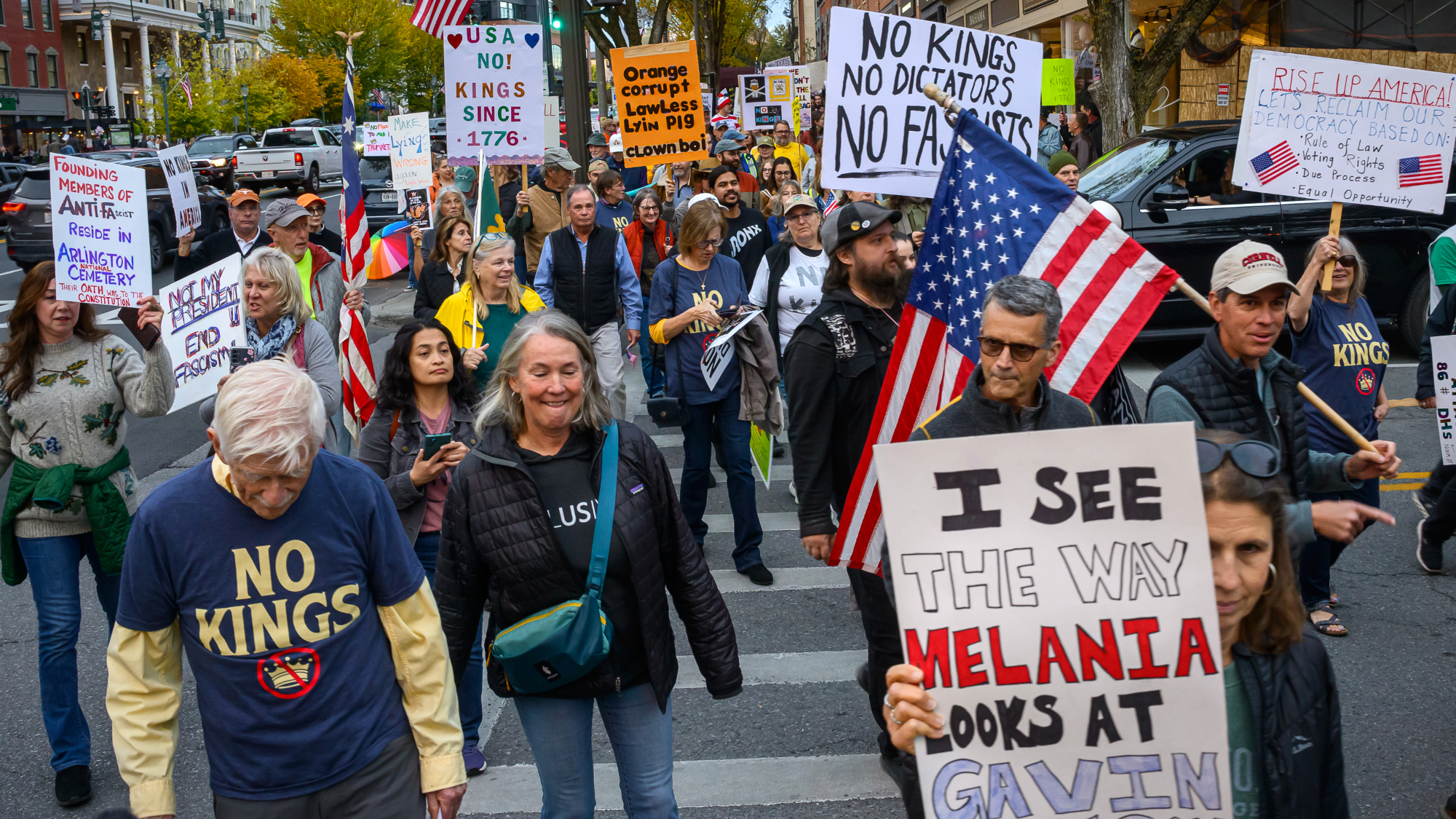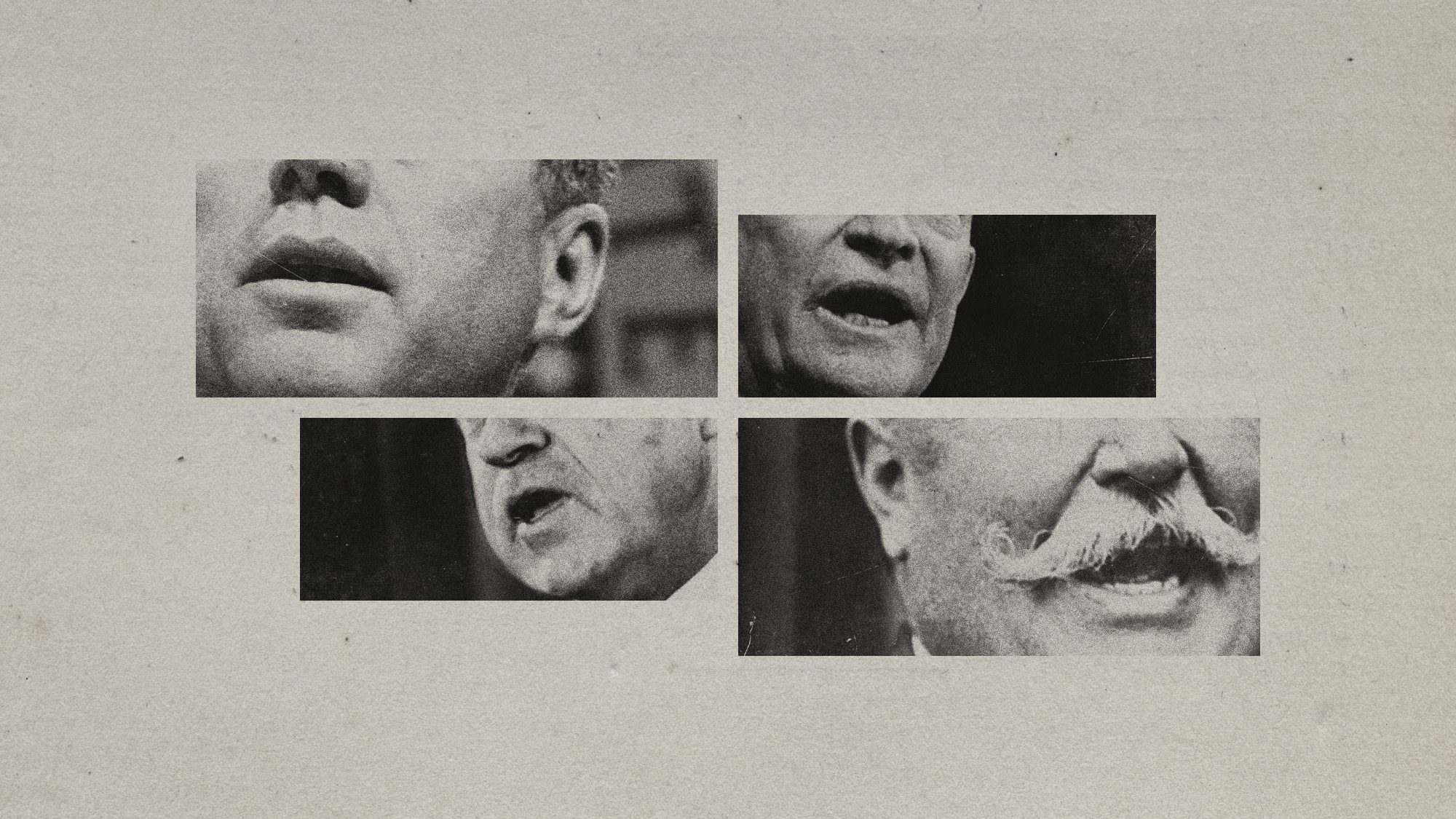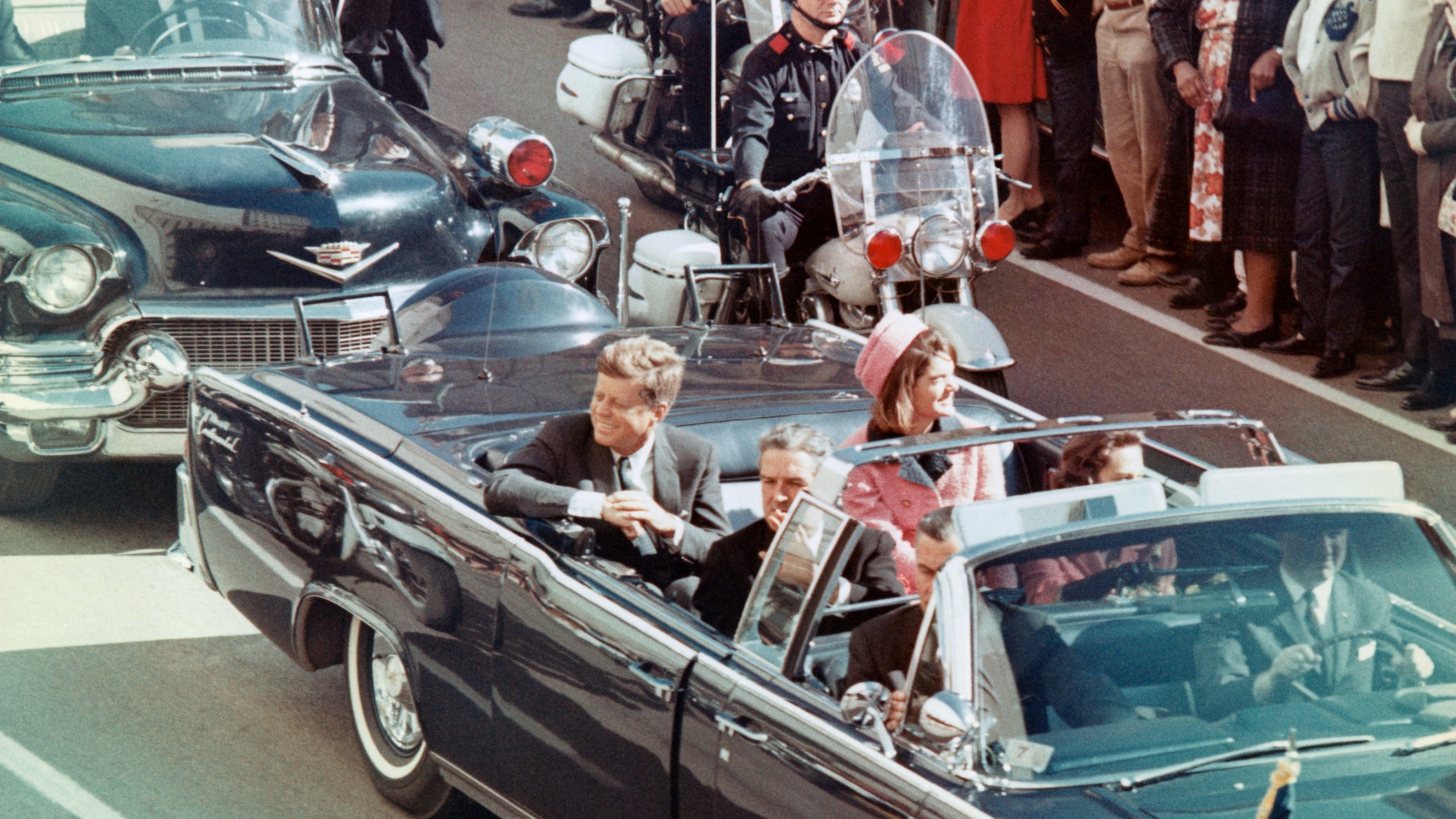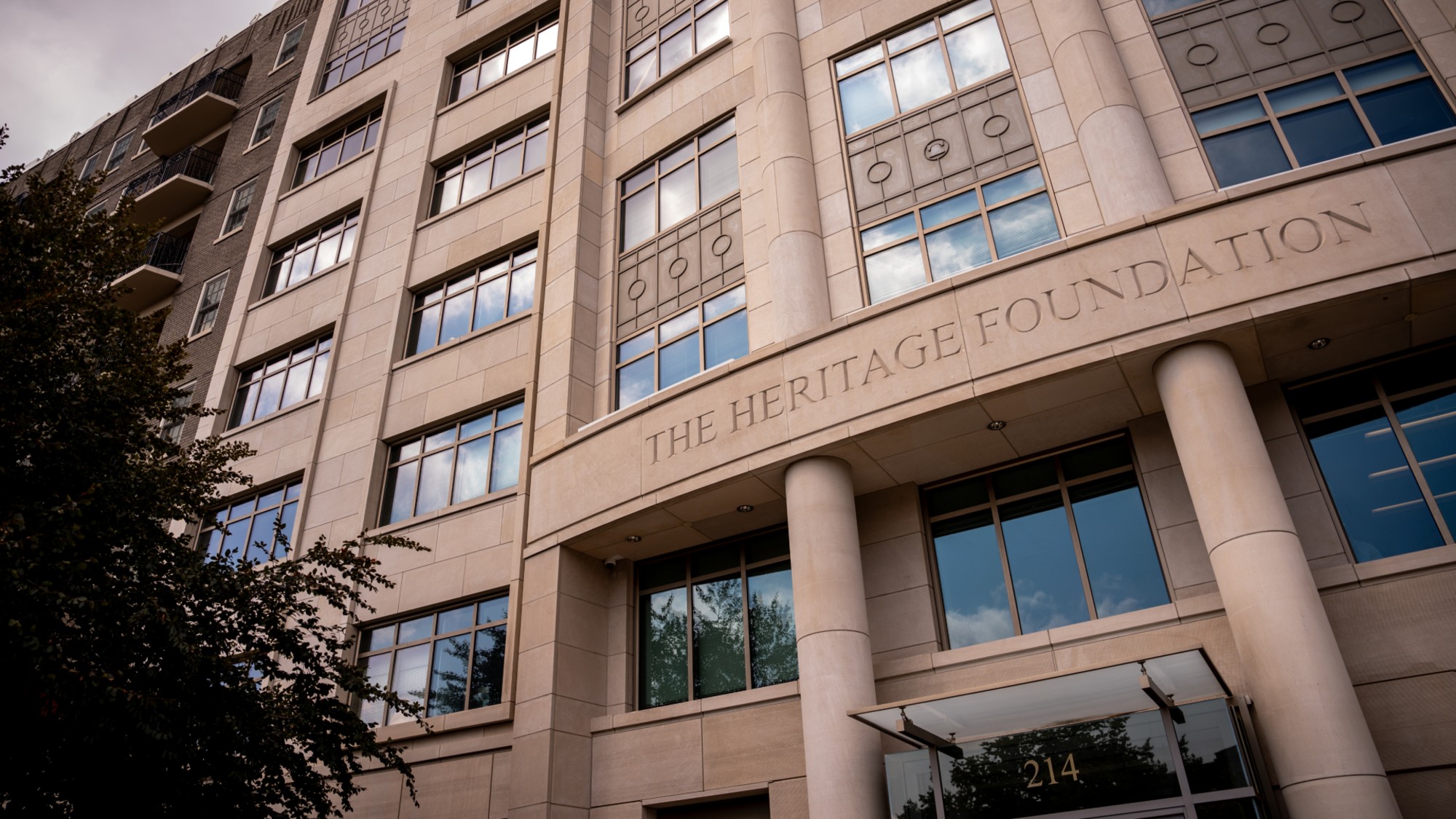Guantánamo: What happens to the prisoners now?
Last week President Obama ordered the closing of the prison at Guantánamo Bay and halted its military tribunals.
By ordering the closing of the prison at Guantánamo Bay, Cuba, said Gary Kamiya in Salon.com, President Obama has confronted a “toxic legacy” of the war on terror. Obama last week also halted Gitmo’s military tribunals, shut the CIA’s secret overseas prison system, and banned torture as an interrogation technique. Guantánamo was a particularly ugly symbol of the Bush administration’s distortion of American values: Within its barbed-wire fences, outside the reach of U.S. jurisdiction, hundreds of terrorist suspects have rotted amid brutal treatment and harsh conditions for years, held without charge and due process. Too bad it will take a year for the prison to close, said Eugene Robinson in The Washington Post. “In terms of America’s moral standing in the world, every day Guantánamo remains open is a day too long.”
Fine—let’s just release all 245 detainees onto Main Street, USA, said The Wall Street Journal in an editorial. Obviously, that’s a ridiculous proposal, but so is the notion that we can treat terrorists like ordinary criminals and try them in U.S. courts. As Obama himself now admits, many of the enemy combatants are “very dangerous,” and some haven’t committed provable crimes. Does that mean letting these extremists go? And what do we do with the hard-core, “dangerous enemy combatants,” such as 9/11 plotter Khalid Shaikh Mohammed? Not surprisingly, no one in Congress is leaping at the chance to incarcerate al Qaida leaders in prisons in their home districts, which would immediately become terrorism targets.
As for all the “innocent” men who liberals think have been housed at Gitmo, said Thomas Joscelyn in The Weekly Standard, look at what happens when we free them. Take the case of Said Ali al-Shihri, who insisted during hearings at Gitmo that “he was just a Muslim, not a terrorist.” Released in 2007, al-Shihri went through a Saudi “rehabilitation program” for Islamic extremists—and recently turned up as the new deputy leader of al Qaida in Yemen. He is believed to have helped bomb the U.S. Embassy there. How many other ticking time bombs are there at Gitmo, waiting to take revenge? Nobody really knows, said Dahlia Lithwick in Slate.com. The Bush administration originally claimed that all 779 of Guantánamo’s inmates were “the worst of the worst,” but eventually released more than 500 of them because they were either common Taliban foot soldiers or innocents swept up by bounty hunters. Its accounting of remaining prisoners is no less muddled. So “let’s attempt to get past the undifferentiated orange jumpsuits, which tell us virtually nothing at all.”
The Week
Escape your echo chamber. Get the facts behind the news, plus analysis from multiple perspectives.

Sign up for The Week's Free Newsletters
From our morning news briefing to a weekly Good News Newsletter, get the best of The Week delivered directly to your inbox.
From our morning news briefing to a weekly Good News Newsletter, get the best of The Week delivered directly to your inbox.
True enough, said Steve Chapman in the Chicago Tribune, which is why the detainees must be sorted into three categories. The obviously guilty can be prosecuted in U.S. criminal courts, and dispersed among the hundreds of thousands of federal prisoners in maximum-security facilities. Those with only tangential connections to terrorist groups can be sent back to their home countries. A third group—those who appear to pose a real danger even though there’s not enough evidence to put them on trial—should be officially classified as prisoners of war, and treated just as German soldiers captured during World War II were, confined in humane conditions until the end of hostilities. The ACLU won’t like the POW solution, and neither will some conservatives. But Obama really has no choice. It’s the best way to balance justice, “humane norms of conduct,” and the safety of the American people.
A free daily email with the biggest news stories of the day – and the best features from TheWeek.com
-
 Has Zohran Mamdani shown the Democrats how to win again?
Has Zohran Mamdani shown the Democrats how to win again?Today’s Big Question New York City mayoral election touted as victory for left-wing populists but moderate centrist wins elsewhere present more complex path for Democratic Party
-
 Millions turn out for anti-Trump ‘No Kings’ rallies
Millions turn out for anti-Trump ‘No Kings’ ralliesSpeed Read An estimated 7 million people participated, 2 million more than at the first ‘No Kings’ protest in June
-
 Ghislaine Maxwell: angling for a Trump pardon
Ghislaine Maxwell: angling for a Trump pardonTalking Point Convicted sex trafficker's testimony could shed new light on president's links to Jeffrey Epstein
-
 The last words and final moments of 40 presidents
The last words and final moments of 40 presidentsThe Explainer Some are eloquent quotes worthy of the holders of the highest office in the nation, and others... aren't
-
 The JFK files: the truth at last?
The JFK files: the truth at last?In The Spotlight More than 64,000 previously classified documents relating the 1963 assassination of John F. Kennedy have been released by the Trump administration
-
 'Seriously, not literally': how should the world take Donald Trump?
'Seriously, not literally': how should the world take Donald Trump?Today's big question White House rhetoric and reality look likely to become increasingly blurred
-
 Will Trump's 'madman' strategy pay off?
Will Trump's 'madman' strategy pay off?Today's Big Question Incoming US president likes to seem unpredictable but, this time round, world leaders could be wise to his playbook
-
 Democrats vs. Republicans: who do the billionaires back?
Democrats vs. Republicans: who do the billionaires back?The Explainer Younger tech titans join 'boys' club throwing money and support' behind President Trump, while older plutocrats quietly rebuke new administration


